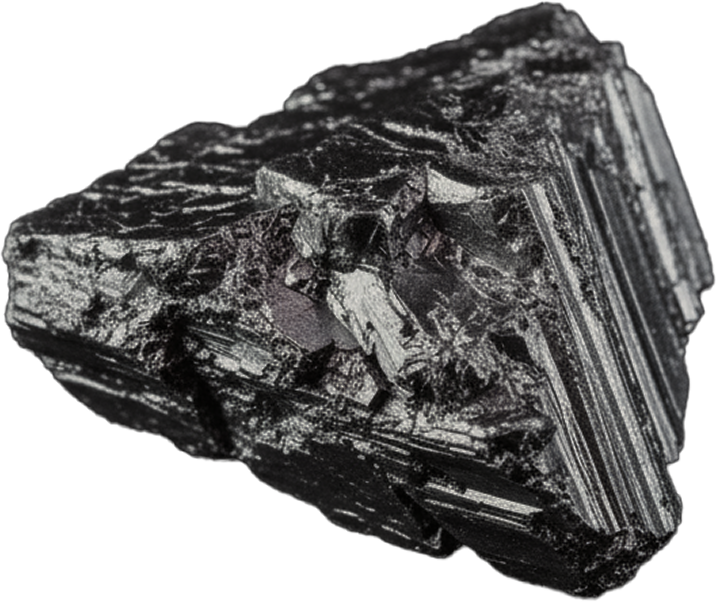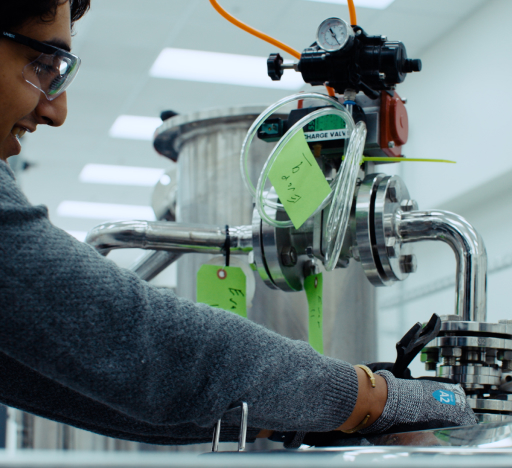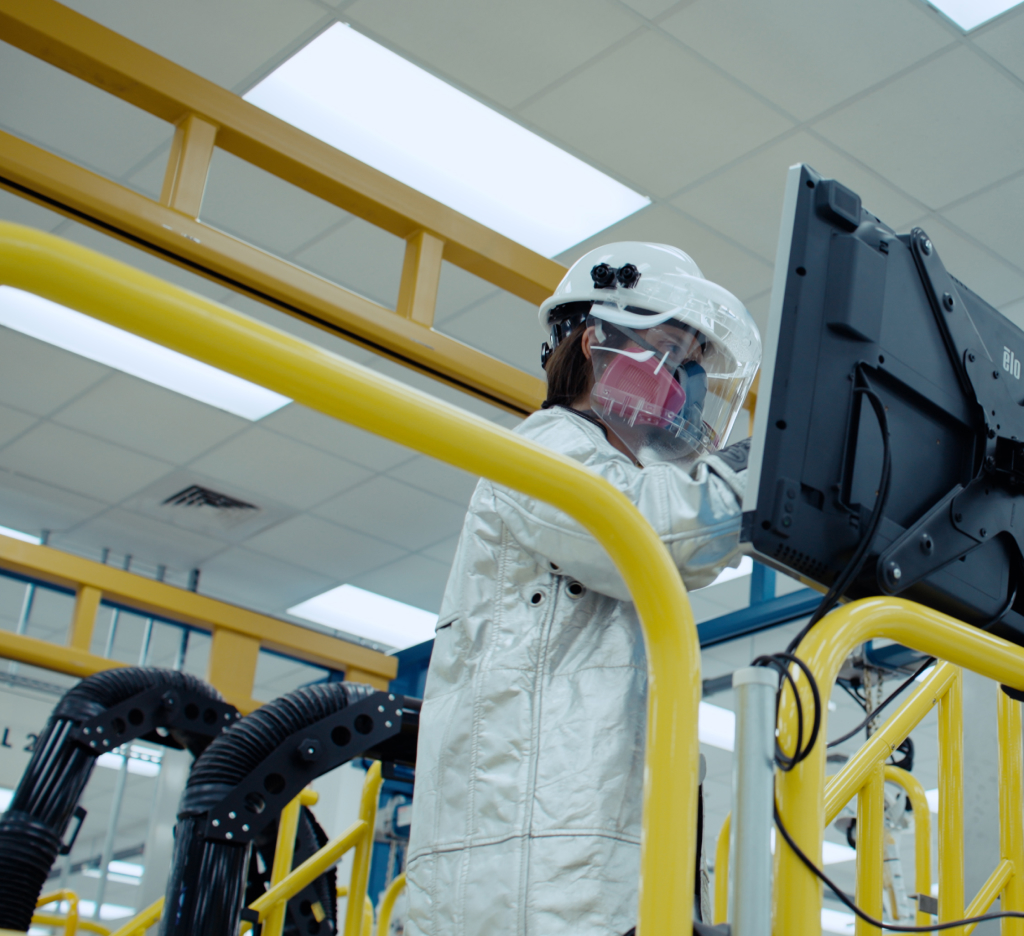02
Vertically-Integrated, Ecosystem Enabling
Phoenix Tailings is rebuilding the entire rare earth supply chain from tailings to the final metal and alloy. This will impact every step of the value chain.
We partner with other leaders in the space to grow and innovate, whether by buying from, partnering with, or selling into, we know collaboration fuels success.









